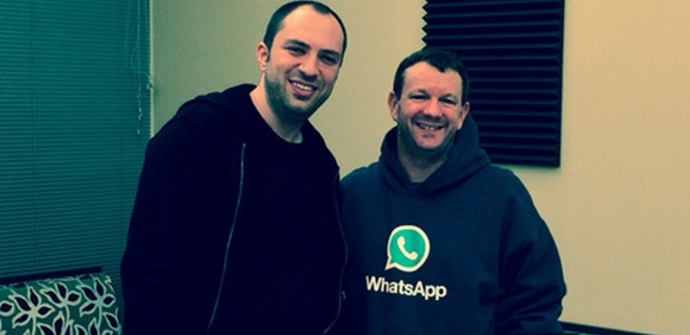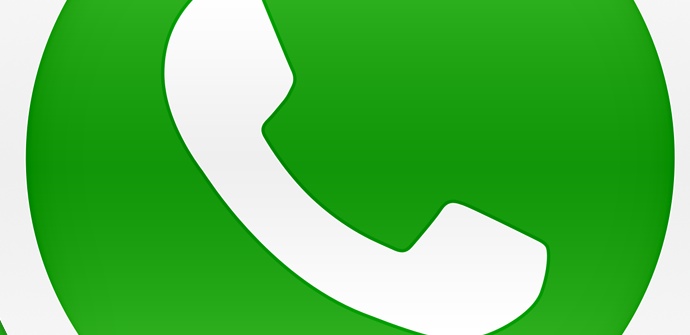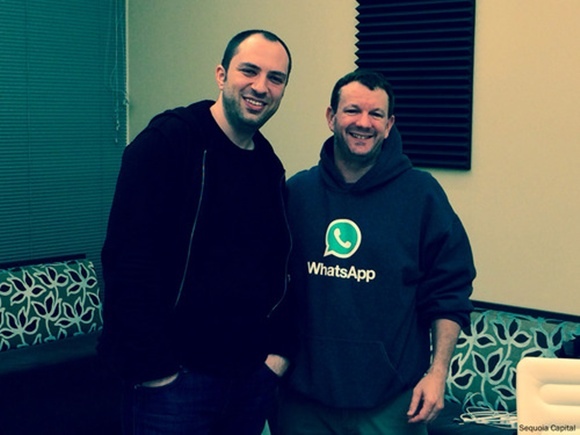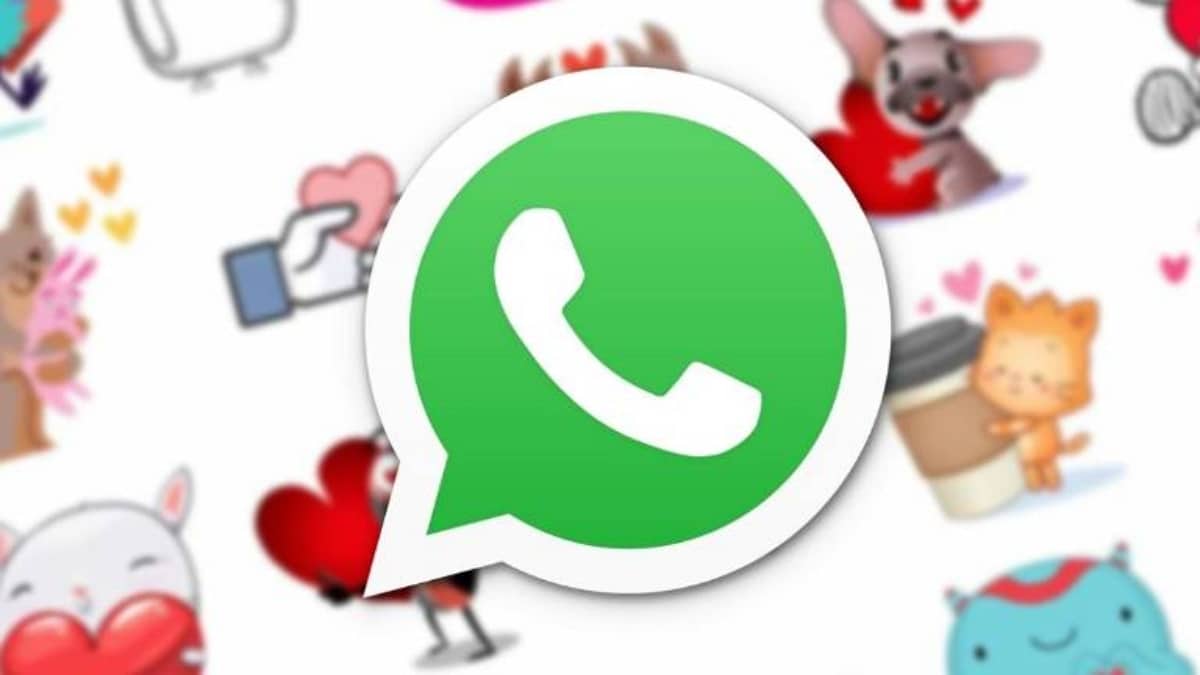
From young programmers to millionaires who are part of Facebook, this is the summary of the life of Jan Koum and Brian Acton, unknown to most of those who used their application, but decisive in the world of communication and messaging such and as we see it today. They are the founders of WhatsApp. And this is the story of the most expensive application in the world.
What no one would have ever said is that the beginning of the careers of Jan Koum and Brian Acton began with the rejection of Facebook. The social network that today is one of the companies that hires the greatest talents in the world of programmers, rejected those who would later found the best known and most used application in the world. They both applied for a job the Palo Alto had posted, and both were turned down. In fact, Brian Acton posted on his Twitter profile: “Facebook has rejected me. You have had a great opportunity to meet some great people. Already waiting for the next adventure of life. What Brian probably didn't think at the time is that Facebook was going to end up buying the app that he was going to found himself.
Jan's life didn't start off in the most promising way, either. He was born in a small town near Kiev, in Ukraine. Her family had to work very hard to make ends meet, and their home didn't even have electricity. It certainly wasn't the best place to end up becoming one of the most wanted programmers in the world. However, he and his mother emigrated when he was 16 years old and went to fall in Mountain View, finding shelter in a two-bedroom apartment thanks to government aid. There Jan began to dedicate herself to doing the few jobs that a Ukrainian boy could get in an advanced country, so she began cleaning in a grocery store, while her mother worked as a babysitter. Still, it depended on government subsidies. It is not unusual, therefore, that everything fell apart when their mother was diagnosed with cancer. Perhaps it was all this that led him to start self-training. At the age of 18, he learned about network computing systems from manuals from a second-hand book store. This led him later to enroll in San Jose State University, and to secure a job at Ernst & Young conducting computer security tests. It was at that moment that Acton and Koum's lives intersected on the timeline.
Jan later got a job at Yahoo as an infrastructure engineer, where he also met Brian. At this point, he decided to drop out of college, something we've already seen many prominent figures in the tech world do. However, far from having found stability in the American company, both he and Brian decided to leave Yahoo in 2007, to dedicate themselves to rest and start traveling. Obviously, their savings did not last too long, and that was when they began to consider how to earn money, being in 2009 when they began to shape what is today the daily life of millions of users.
Jan Koum bought an iPhone and that's how he discovered that the world of applications was going to be the next great paradigm in technology. I wanted to create a messaging service that was simple and instantaneous, thinking that this could work wonderfully if it was based on mobile users as a base. The goal was for everyone to be able to get in touch with other people on a single platform, and easily.
WhatsApp is born
However, the job was not as straightforward as I expected. The concept was very clear. You just had to create a platform that was made so that users could talk to each other. But the programming work began to get complicated, and it was months of hard work and effort, with tests and trials included, which cost Koum to finish the application. In fact, during all that period, there were difficult moments in which Jan came to think of completely abandoning WhatsApp. And it was in that situation that Brian Acton arrived. His partner convinced him to try the application for a few months, to see how it worked, and that is how some friends of his who lived in Russia ended up installing it for the first time. The response they received from these was positive, very positive, and then they decided that WhatsApp had to see the light and surface.
WhatsApp 2.0 arrived, and the active users of the application reached 250.000. At that time, very few were using it worldwide. Only some had paid for it, since then there was only a paid version for iOS. However, little by little it grew, and in 2011 it got among the 20 best applications in the United States App Store. He had started his streak of success, and he was going to go on and on, nonstop. Those of you with better memory, you may even remember the advertisements that were around the city in which the application appeared. It had become the claim used by Nokia to attract users. Buy a Nokia, have WhatsApp, that was the message that the Finnish company came to give. In two years, they had 200 million active users, and that was last year.
The data is remarkable, not because of what they had achieved by then, but because from that moment until now there has been a great change. WhatsApp currently has 450 million active users, being the company that has reached that figure the fastest in history (data from a venture capitalist published in a blog of one of the investment companies on WhatsApp).
The surprising thing is that the application has only counted and worked with 32 engineers. There is one user for 14 million active users, an unthinkable proportion in any online service. But there are details that are even more curious than that, such as the fact that at no time have they had a commercial or public relations, and that even so they have managed to grow so much in this time. They have never wanted publicity, and in fact, they have never had a sign with the logo and the name of their company on the facade of their headquarters. The key to WhatsApp has been in the users, who realized that the application worked well, and made others also start using it.
Until Facebook's purchase of WhatsApp, Jan Koum was the owner of 45% of the company, while Brian has 20%. Jan is entitled to $ 6,8 billion, while Brian will have to settle for $ 3 billion, in addition to his social media jobs. Of course, life has changed a lot for these two programmers, who have gone from being rejected by Facebook, to having the company that has been bought by the largest number in the history of applications.


